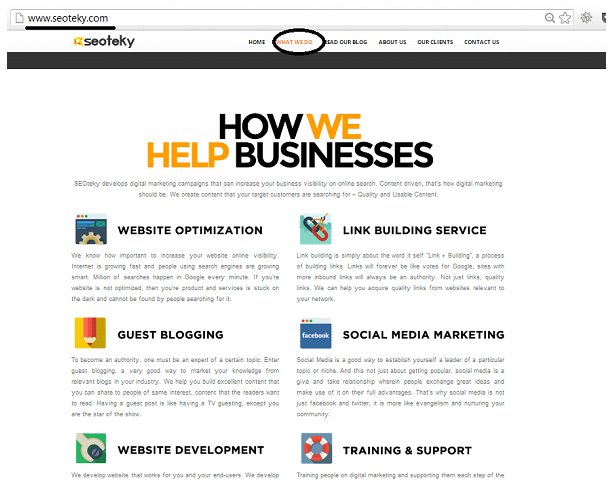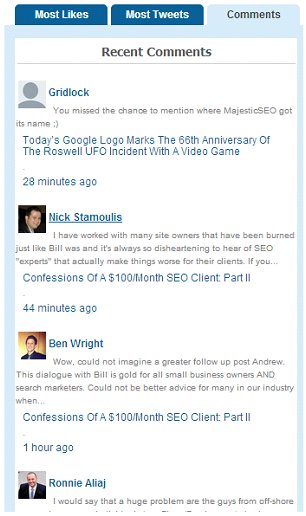Four Branding Efforts that Can Increase User Dwell Time
Improving user experience can help you send out brand signals to search engines and tell them that your site deserves higher rankings in SERPs. The more time your users spend in consuming your content (blog post, infographics, videos, etc…), the better dwell time metrics your site will garner, sending positive signals for your site’s SEO.
Webmaster’s Note: This entry is a guest post by Venchito Tampon of Digitalphilippines.net
In simple terms, dwell time is the total amount of time a web visitor engaged the pages of a particular site.
The higher the dwell time per user you have, the higher indication that your content, design and other important site elements are of engaging quality, which means they best serve your user’s intention. Another benefit that one can obtain from an increased dwell time is that it results to natural links and to word-of-mouth marketing.
Dwell time metrics combined with click through rate (CTR) drives positive signals for higher rankings and sends out positive brand experience to search users. For instance, if a user clicks on your link because of your post’s compelling title and meta description, he will be welcomed to the vast, informative kingdom that is your website. The more valuable your content is, the higher your site’s dwell time per user will become.
Acknowledging these truths, the question we shall focus on is: How can I increase my dwell time for my site?
Here are some key elements you have to understand and apply to increase the engagement/interaction of the users on your website.
Compelling Design
One emerging web graphic that is growing more popular today is the pageless design. The advantages of using this type of design?
- It easily conveys the message of the site through interactive and emotional experiences.
- Has an intuitive story that talks about your company, staff and its users.
- Interactive elements (social buttons and call to actions) that can disseminate your content on social sites.
- Increases your conversion rates due to propelling interactions that meet your site/business goals.
- The smooth flow of the story can decrease your bounce rate and encourage social sharing.
Aside from pageless design, you can also try the one-page design that covers the entire story of your site. The new look of SEOteky gives more emphasis on its services, testimonials and contact information – all important elements of a brand that are placed in one page.
Content Assets
Content assets remain to be one of the most effective form of web properties that gather tons of links and shares through its usefulness and virality.
Providing an in-depth analysis/story about a certain topic makes your content comprehensive, detailed and worthy of being shared and linked to. The use of videos, presentations, infographics, graphs and other brand assets encourage your visitors to stay longer on your site and makes your content a resource/reference for their assets as well.
Do a consumer research. Identify the trending topics/issues in your industry. Look for a highly searchable keyword, type it in the Google search bar and identify what’s missing out in every post on the search results. Create better content (more than the common how-to articles) by delivering your message with useful tips/advices, examples (perhaps a case study), etc.
The more unique, comprehensive and compelling your content is, the more likely your visitors will subscribe to your blog and bookmark/save it for future reference.
Internal Linking
Construct your site architecture if you’re just starting out. Make a list of your main pages and each of their sub pages. Identify what you have overlooked in the past – pages that needs to be linked to and include them on your list.
Also, find your site’s best pages that have high rankings in search results and add them on the list. Include those pages that are topically relevant to your content by naturally linking to them. Use words/phrases like “You may want to check this guide by…” or “Other resources are the following:”
Add eye-catching blog sections like “Most Liked”, “Top Stories”, or “Recent Comments” on the sidebar of your page.
Social Media Branding
Add social buttons below and under the fold. Include your social profiles in the author bio or other sections of the page like the sidebar.
The more visible your social profiles on your site, the likelihood of getting followed by many is higher given that it’s a proof of your authority/expertise in the field.
Social media branding became the most intriguing issue in inbound marketing, and seeing its numerous potential benefits can make a company more humanized and approachable to its consumers.
What are your marketing efforts that affect the dwell time results of your page/site? Comment below for suggestions/tips.


